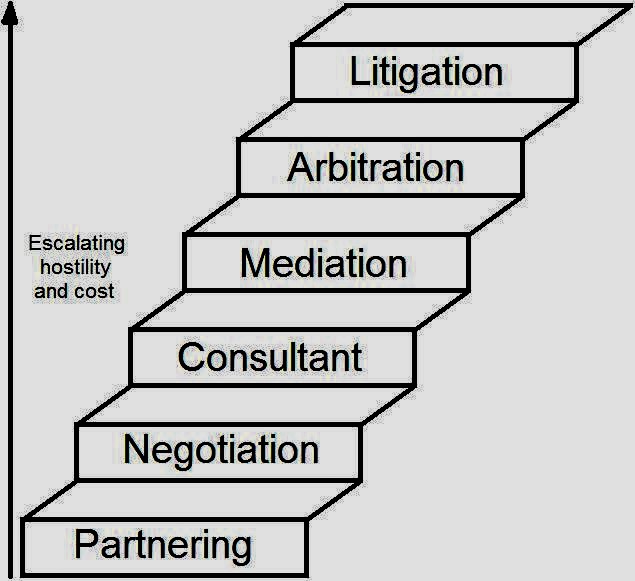Re McDonald Bankruptcy 2017 BCSC 1957 deals with an attempt to rectify the terms of a written agreement in a bankruptcy proceeding.
The court refused to do so based on the following legal rationale.
103 In Snell’s Equity, (32nd ed., 2011) in the first supplement to this edition, the author commented on the limits to rectification at page 35. He says the intention of the parties at the time the deed was executed is relevant, rather than the intention if they had they realised the mistake at the time. The author says:
There can thus be no rectification if the omission of a term was deliberate, even if this was due to an erroneous belief that the term was unnecessary or that it was sufficiently dealt with in the antecedent oral agreement, or that the term was illegal, or a breach of covenant, and similarly if the instrument intentionally contains a provision which in fact means something different from what the parties thought it meant. Rectification ensures that the instrument contains the provisions which the parties actually intended it to contain, and not those which it would have contained had they been better informed.”
[emphasis added]
104 In the recent case of Canada (Attorney General) v. Fairmont Hotels Inc., 2016 SCC 56, the Supreme Court of Canada reaffirmed the limitations on the remedy of rectification. Fairmont Hotels Inc. (“Fairmont”) was involved in the financing of Legacy Hotel’s purchase of two other hotels. The financing was intended to be tax-neutral. However, the financing mechanism resulted in unexpected tax liability when Fairmont was acquired and Legacy Hotel terminated the financing agreement. Fairmont sought to avoid that liability by rectification of the directors’ resolutions. The Supreme Court of Canada allowed the appeal and found rectification was not available to Fairmont. In doing so, the Court said:
[3] . . . Rectification is limited to cases where the agreement between the parties was not correctly recorded in the instrument that became the final expression of that agreement . . . It does not undo unanticipated effects of that agreement. While, therefore, the Court may rectify an instrument which inaccurately records the party’s agreement respecting what was to be done, it may not change the agreement in order to salvage what a party had hoped to achieve.
. . .
[13] Because rectification allows courts to rewrite what the parties had originally intended to be the final expression of their agreement, it is “a potent remedy” (Snell’s Equity (33rd ed.
2015), by J. McGhee, at pp. 417-18). It must, as this Court has repeatedly stated . . . be used “with great caution”, since a “relaxed approach to rectification as a substitute for due diligence at the time a document is signed would undermine the confidence of the commercial world in written contracts”: Performance Industries, at para. 31. It bears reiterating that rectification is limited solely to cases where a written agreement has incorrectly recorded the parties’ antecedent agreement (Swan and Adamski, at 8.229). It is not concerned with mistakes merely in the making of that antecedent agreement . . . In short, rectification is unavailable where the basis for seeking it is that one or both of the parties wish to amend not the instrument recording their agreement but the agreement itself.
105 A claim for rectification requires evidence that a legal instrument does not accord with what it was intended to record, and the way the instrument was actually recorded: Fairmont at para. 12. The specific terms or omissions in the error must be identified for the court: Fairmont, at para. 32. The prior agreement must have definite and ascertainable terms and must have been in effect when the instrument was executed: Fairmont, at para. 38.
106 A court’s role in a rectification action is only to correct errors and not to speculate about a party’s intentions: Fairmont, at para. 32. A court can only determine whether the written agreement properly records a prior oral agreement of the parties. The prior oral agreement must be definitive and ascertainable, and the error must be in the way the agreement was transcribed into the instrument.
107 Rectification is not concerned with mistakes in the underlying agreement. If parties use an ambiguous term in the prior oral agreement or otherwise make a mistake, the doctrine of rectification is not available to interpret or correct a term in a manner that a party wishes the term to be corrected or interpreted. Rectification is not intended to be a substitute for due diligence: Fairmont, at para. 13. Neither is rectification a method to rectify a party’s error of judgment, or rectify an instrument to better reflect what would have been a more beneficial arrangement at the time.
108 Simply, the court’s task is to “restore the parties to their original bargain” and not to import intention, reflecting what could have been done.









